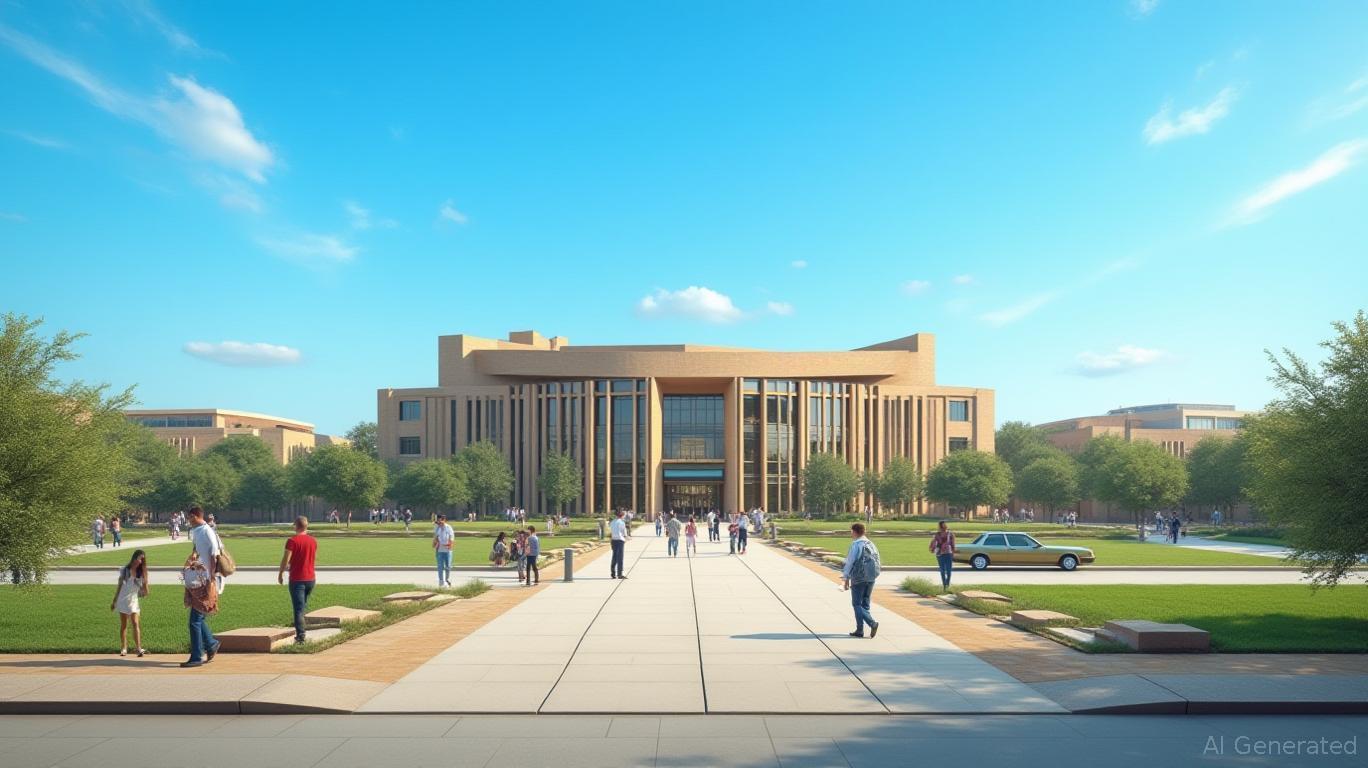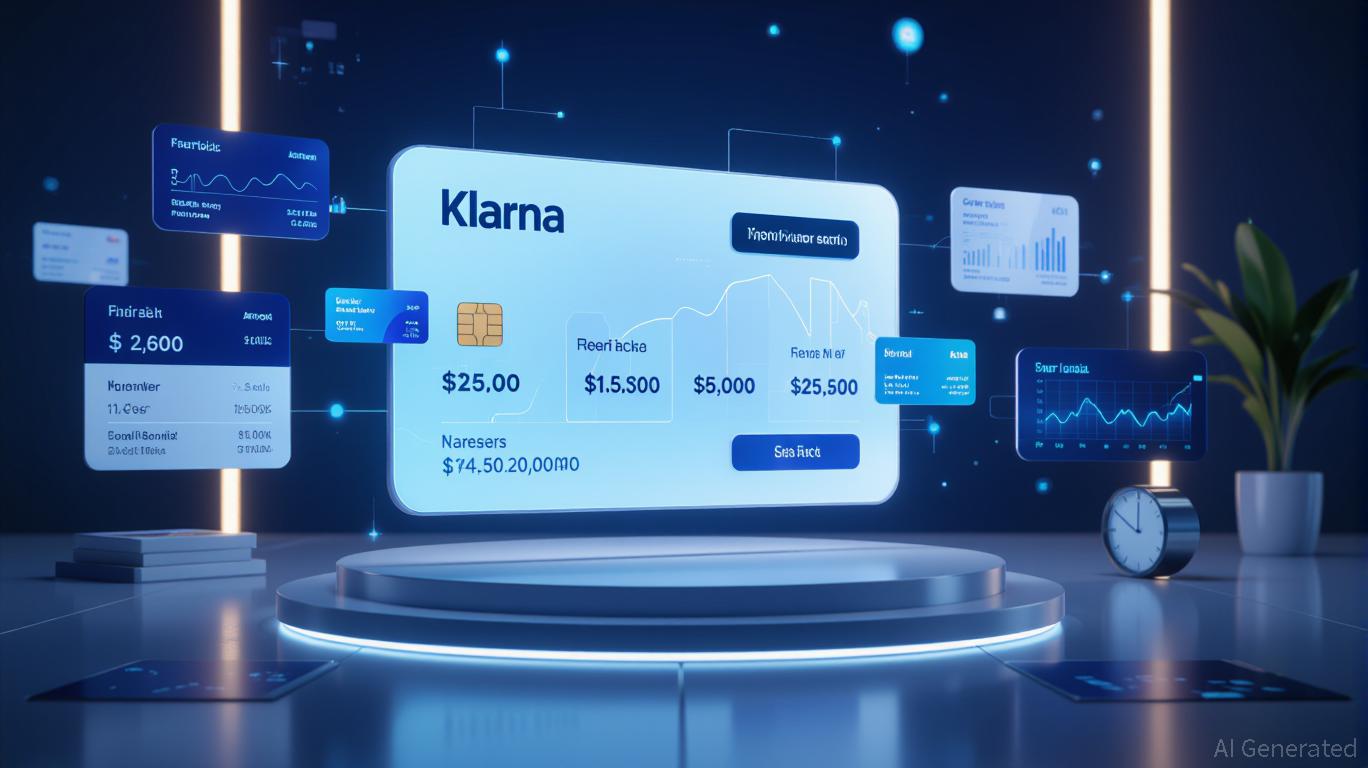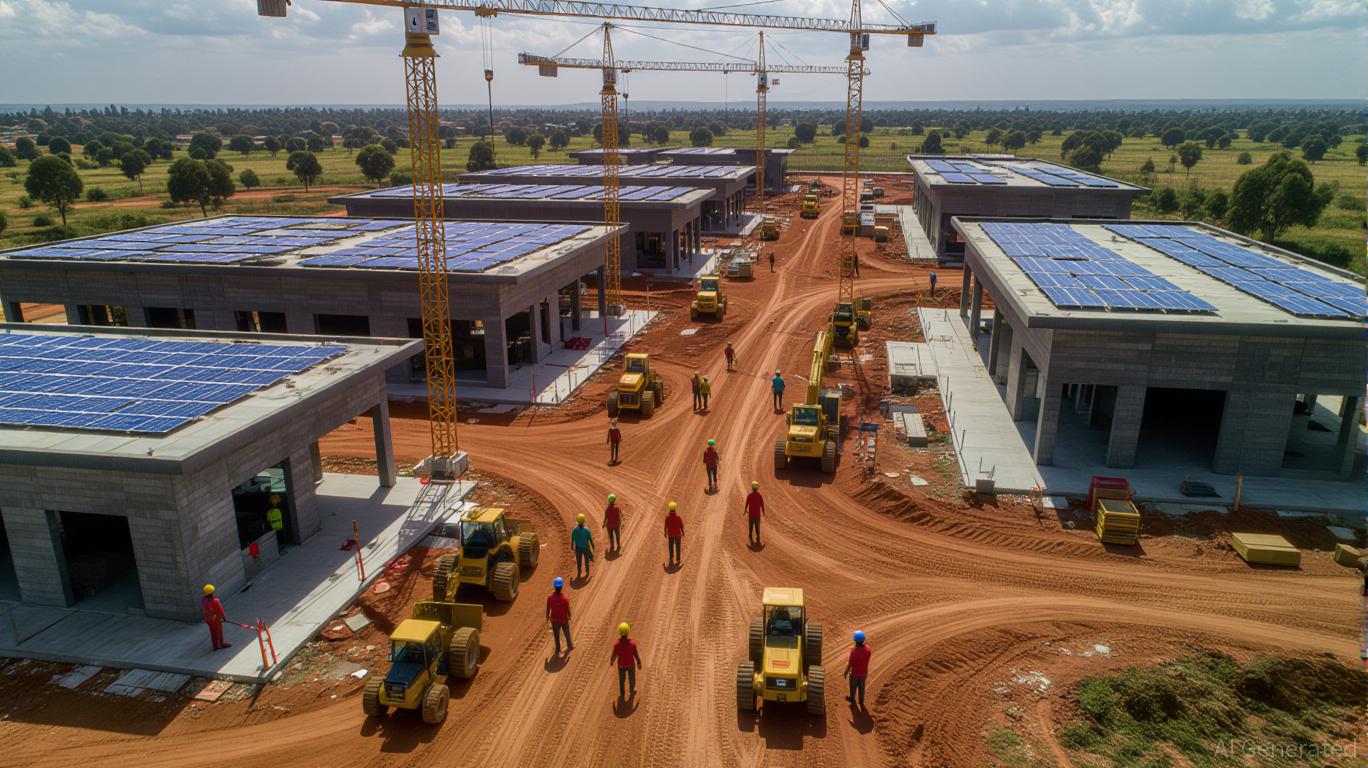AInvest Newsletter
Daily stocks & crypto headlines, free to your inbox
The economic landscape of the past decade has been a rollercoaster of volatility—from pandemic-driven market crashes to inflation spikes and shifting interest rates. For institutions reliant on endowments, these swings test the resilience of their financial strategies. Baylor University, however, has emerged as a standout example. With its $2.1 billion endowment reaching an all-time high in 2024 and a five-year annualized return of 12.2%, Baylor's success offers a masterclass in adaptive investing. Its blend of disciplined diversification, iterative experimentation, and alignment with technological trends provides a roadmap for other endowments—and investors—to weather uncertainty.

Baylor's endowment has defied headwinds by prioritizing flexibility over rigid adherence to traditional asset allocations. In 2022, as the Federal Reserve began aggressive rate hikes, Baylor's team zeroed out fixed-income holdings and shifted into equities, particularly small-cap stocks and financials. This move paid off as equity markets rebounded in 2023, and the anticipation of rate cuts in 2024 further buoyed returns. The result? A $91 million payout in FY 2024, funding scholarships (43%), professorships (13%), and academic programs (23%)—all while growing the principal.
Baylor's focus on tech-driven sectors like AI, clean energy, and robotics aligns with the NASDAQ Composite's 15% rise since early 2023, underscoring the power of thematic investing in volatile markets.
At its core, Baylor's strategy is built on a mantra: constantly evolve. The endowment's team employs an iterative process, testing new asset classes and managers, then scaling winners and pruning losers. For instance, early bets on 3D printing and gene-targeted medicine startups have generated outsized returns, while underperforming sectors were quickly jettisoned. This contrasts sharply with the static, benchmark-driven approaches of many peers, such as Harvard's recent underperformance due to rigid allocations.
Private equity and alternative investments also play a critical role. By avoiding dilution through high-conviction, concentrated bets, Baylor has insulated its portfolio from liquidity crunches. This discipline ensures the endowment's 5% annual payout—delivered monthly—remains steady even as markets fluctuate.
While Baylor's returns are impressive, its strategy isn't without challenges. Like all endowments, it faces pressure to align investments with institutional values. Unlike Yale, which faced criticism for ties to controversial sectors, Baylor's focus on clean energy and healthcare innovation avoids such pitfalls. However, its lack of explicit ethical guidelines raises questions about future scrutiny. Investors would do well to monitor how Baylor navigates this balance, as ESG (environmental, social, governance) expectations continue to rise.
Baylor's success holds broader implications for individual and institutional investors. Three principles stand out:
1. Diversify beyond traditional assets: Allocate to private equity, emerging technologies, and global equities to capture growth while mitigating domestic market risks.
2. Stay agile: Regularly rebalance portfolios and avoid overcommitment to declining sectors.
3. Prioritize long-term stability: Baylor's 5% payout rule ensures sustainability, a model for those seeking steady income without eroding capital.
Looking forward, Baylor's model faces two key tests. First, sustaining returns in a low-growth environment will require even sharper focus on disruptive technologies. Second, maintaining donor confidence amid rising costs for scholarships and academic programs demands clear communication of the endowment's societal impact. The “Extend the Line” scholarship initiative, aiming to raise $250 million by 2030, exemplifies this dual focus on growth and purpose.
Baylor's endowment is proof that adaptability and innovation can turn volatility into opportunity. For investors, this means favoring funds or strategies that:
- Embrace dynamic asset allocation,
- Prioritize high-growth sectors like AI and renewables,
- Maintain disciplined risk management.
As economic uncertainty persists, the Baylor playbook—agile, focused, and future-oriented—offers a path to resilience.
In a world where markets are as unpredictable as ever, the lesson is clear: endowments that evolve thrive, while those that stand still perish.
Tracking the pulse of global finance, one headline at a time.

Sep.11 2025

Sep.11 2025

Sep.11 2025

Sep.11 2025

Sep.11 2025
By continuing, I agree to the
Market Data Terms of Service and Privacy Statement
Daily stocks & crypto headlines, free to your inbox
Comments
No comments yet